Part 1: Introductions
In a way, I was not really surprised that I ended up in a long term, intense, and intimate relationship with pain. Given my unhealthy appetite for risk, I kind of expected it. However, I always thought we will meet in some exciting and exotic setting. Like this totally irresponsible 40th-birthday-week-long-quads-trip in Kyrgyzstan — back in July 2014.

Instead, we ended up meeting a month later, in the most mundane circumstances — on my way to work, on the morning of August 13, 2014. One minute I was riding a BMW motorcycle up a scenery mountain road (that’s how “my way to work” looks like in Switzerland), and what seemed like a minute later — I woke up in hospital with an injured spine, cracked scapula, and a bunch of broken bones and torn muscles.

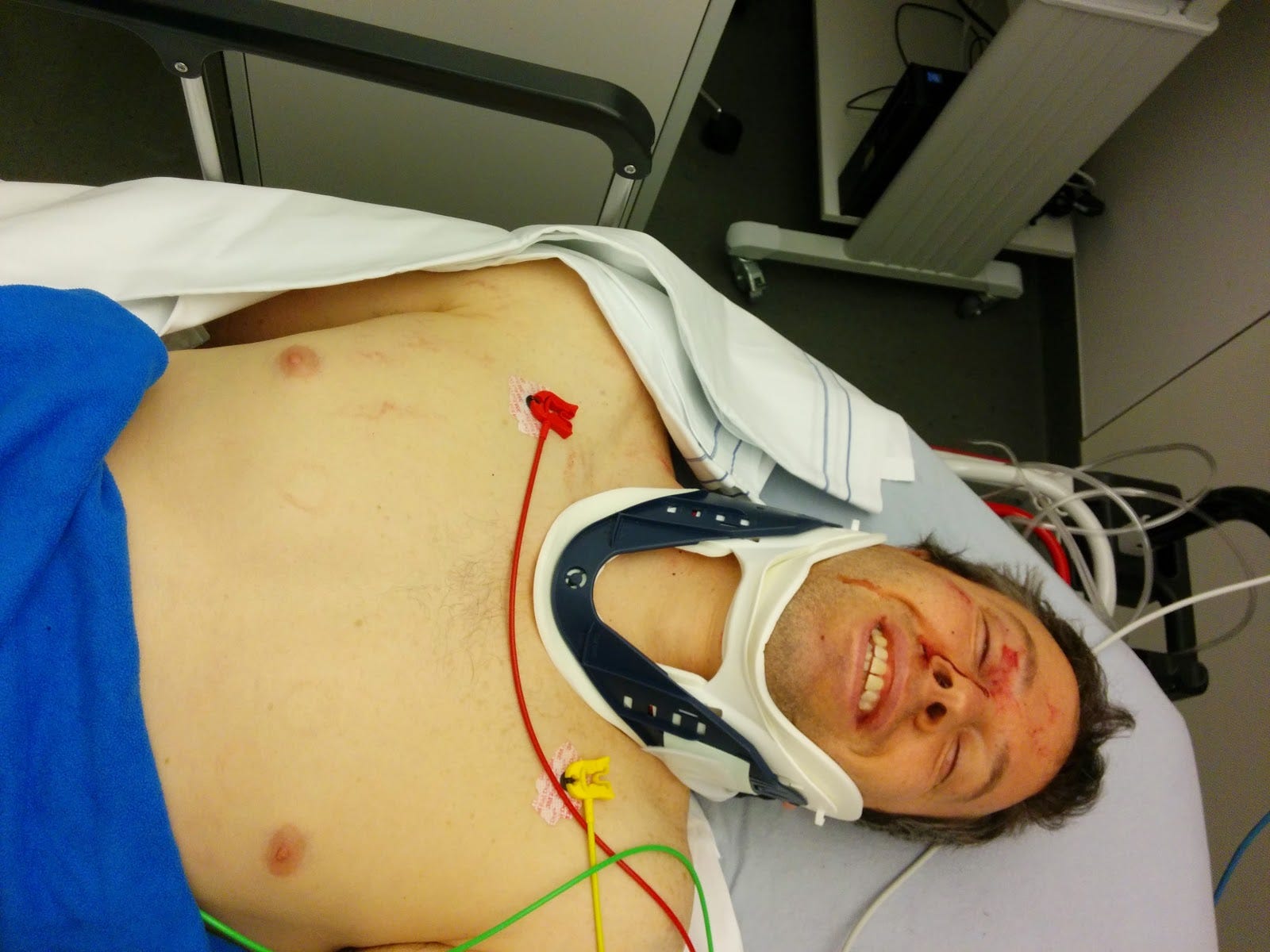
By now, it’s clear that my arm will remain paralyzed forever. Surprisingly enough, living without your right arm isn’t as bad as it might sound, and not worth a long post. Pain, on the other hand, is a completely different story.
But before I tell you about “us”, let’s first do a quick crash-course in pain. Pain is our trusted bodyguard. It’s a genius mechanism perfected by evolution, optimized for dumb creatures who are slaves to their most basic habits and desires, and don’t know what’s good for them.
We all know we should eat healthier, exercise, drink less, stop smoking, and do periodic checks. But do we do it? Eh. Even when we finally go to the doctor, we often quickly forget and ignore the orders — “rest a bit”, “don’t lift heavy stuff”, “reduce stress”, “walk a bit in the fresh air” — once we feel a bit better, we go back to our old habits.
If we were dependent on our self control to be gentle to our herniated disk, avoid stepping on that broken leg, not to touch that open cut, or check our teeth for cavities — we would all be dead by now. Luckily, nature came up with the concept of pain — life’s most efficient behavior changer. You will give up on your favorite food and activity to avoid it, and you would run to the hospital in the middle of your birthday to make it stop.

At a high level, the mechanism behind pain is fairly straightforward, and easy to understand. Long nerve cells run through our body, connecting our tissues and organs with the spine. On the one end there are sensors — pressure, heat, chemicals, stretch, cuts… On the other end, they deliver signals about the state of these sensors. These signals run through the spine to the thalamus, and from there to the cortex — where our pain center is located. It’s only there that our brain decides what to do with these signals. This point is critical to understand — the injury itself doesn’t generate any pain! The nerve signals that are sent to the spine are NOT pain signals — they are merely objective sensory signals. It’s up to the brain to interpret these signals, and decide if it wants to generate the sensation of pain, and in what flavor and intensity. It’s only in the brain’s power to decide whether to ignore the signals (e.g ignore a wounded arm until you safely flee away from the danger zone), or to generate a strong sensation of pain in order to get your attention.
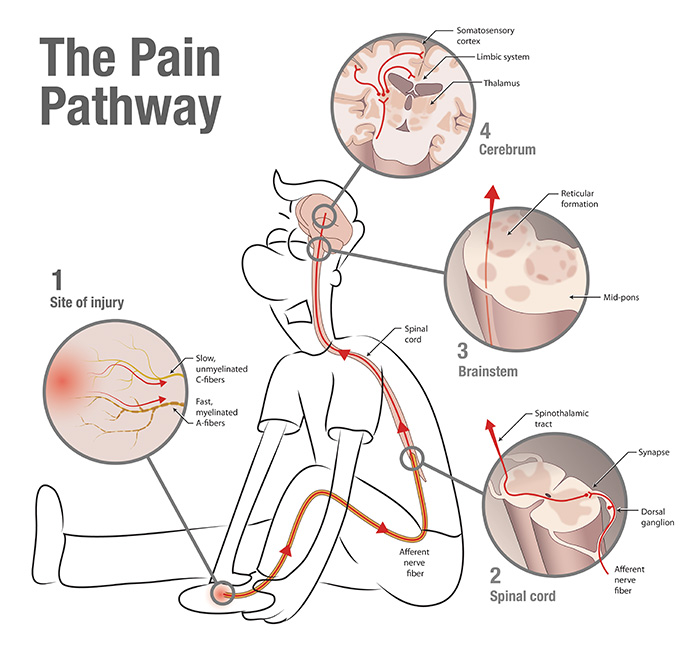
Part 2: The relationship
Back to me. The beginning was intense, but promising. Pain did its part to help me. Quite effectively, I must say. For months I was limited in my ability to move, and had to lay down in order to allow my muscles, bones and tissues to recover. For weeks, I was terrified of sneezing — because the pain in the neck and the chest was so strong. But I couldn’t have recovered without that pain, and I was grateful for that.

Unfortunately, the honeymoon period was short, and fairly early on weird things started happening. I started having these unexplainable sensations; my wife or my kids would gently touch my hand, and I would feel the worst kind of shooting pain — although there was nothing wrong with my hand. The slightest movement of the fingers or arm would feel like a medieval torture wheel ripping it apart. At other times, there was nothing moving or touching at all — yet, it felt as if the hand is on fire, or cut by a knife, or chewed by a shark, or crushed by a truck, although there were no trucks, knives, or sharks. Pain and I started having some trust issues.
It took some research to learn that these are called “neuropathic pains”. Remember the nerve cells that are supposed to deliver trustworthy sensory signals to the brain? So these nerves themselves were injured, and as a result the signals they were delivering had very little to do with reality. Light touch was generating signals that were normally associated with painful experiences. The scarred nerves wouldn’t stretch as they used to, so small movements were interpreted as torture. Finally, the paralyzed arm wouldn’t generate the normal signals the spine expected, so it would just fire crazy random signals at random times — interpreted by the brain as exotic pain, although NOTHING was affecting the actual sensors.
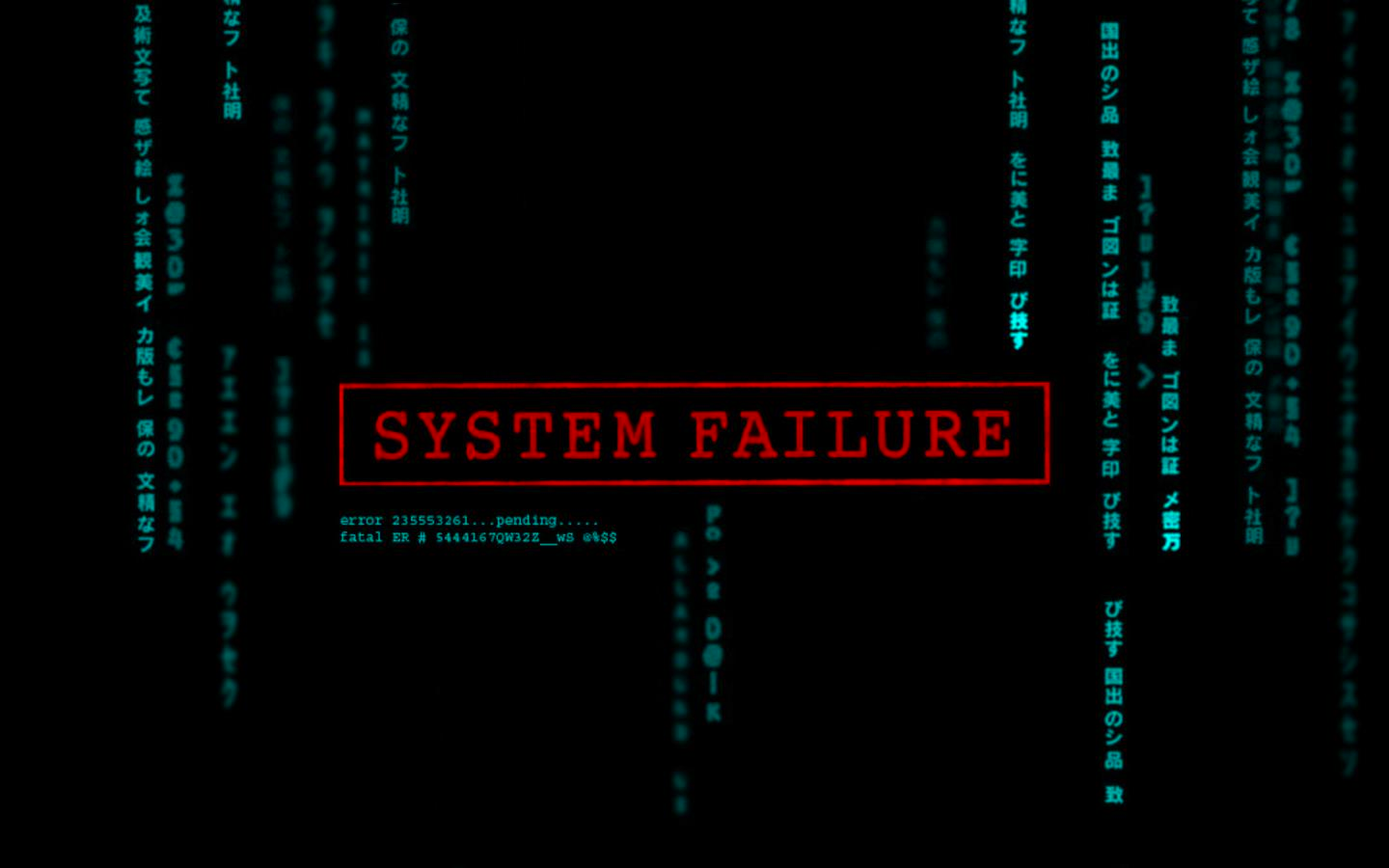
Once our relationship started deteriorating — it spiraled down. Pain started messing with my brain. The professional terms is “chronic pain”, and it means that after a few months of continuous strong pain, your brain starts to change. Funny enough, the result of that change is that the brain itself starts to generate the sensation of pain regardless of the underlying system. Moreover, since pain is generally a defense mechanism, and since chronic pain is not strongly related to any sensory input — it’s mostly affected by your general sense of “safety”. So although it feels like real pain in the hand / arm / shoulder / neck — it’s much more impacted by stress, sleep, mood, and other psychological stuff, than with anything in the organs. Confusing.
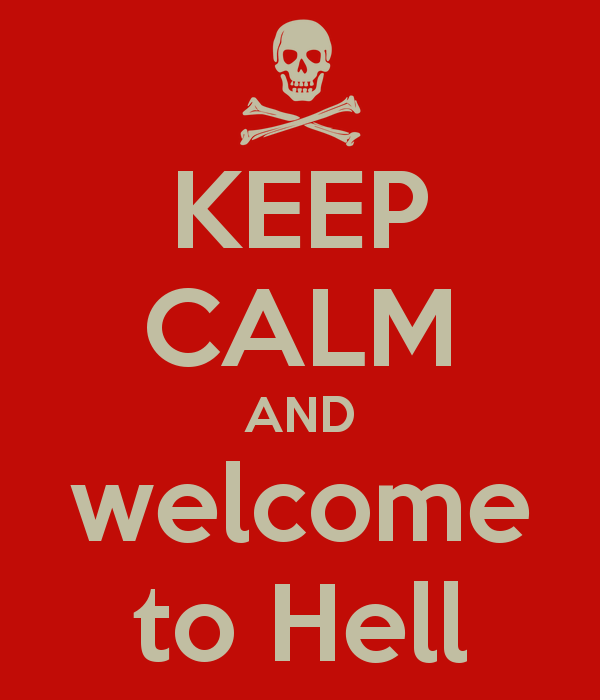
To make it even more confusing — these pain flavors mingle together to make a thick hot soup of… pain! Because of my paralysis, I have muscle atrophy and joint issues that generate strong “normal” pain. That pain is then often amplified and augmented due to my injured nerves. These contribute to stress, bad mood, lack of sleep — all of which contribute to my chronic pain. So basically, I am in constant strong pain 24/7.
Have you ever spent a few hours of strong pain after a visit to the dentist? Maybe a whole night of migraine? A few days of strong pain after a bad injury or surgery? Now imagine having that pain continue on for months and years. Imagine going through your life with a constant sense of pain. Imagine coming to work every day with strong pain. Imagine presenting or interviewing with strong pain. Imagine waking up multiple times every night because of pain. Imagine pain always there with you — on your vacation, kid’s birthday, long business trip, when you drive, when you kiss, — e-v-e-r-y day for the rest of your life. That’s the intimate relationship I was referring to. That’s the life of people with chronic pain.
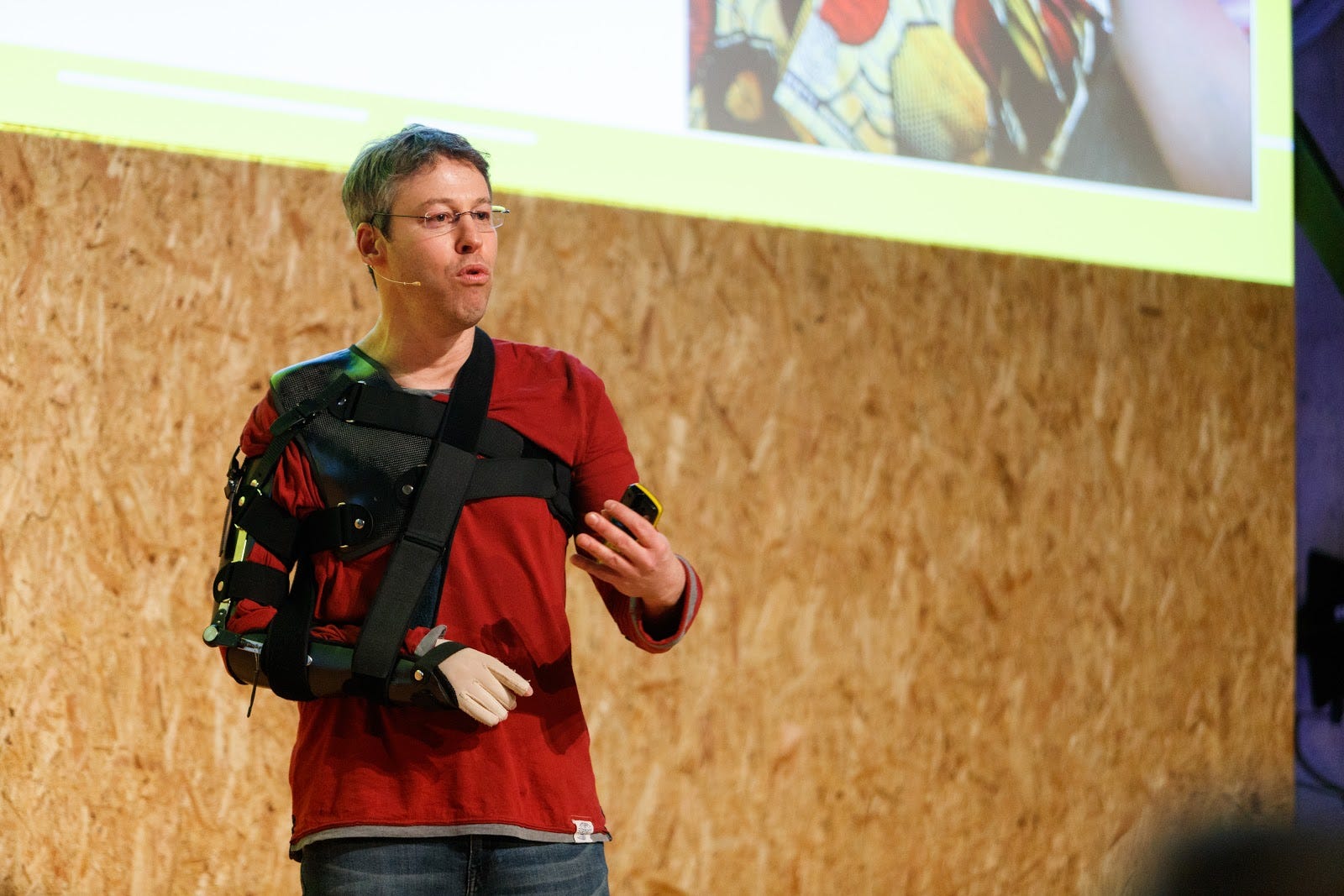

Part 3: The insight
As you might imagine, it could be frustrating at times. But you will be surprised to read that it was not the pain that frustrated me the most. It was the lack of control, and poor coping tools that drove me nuts.
I am a proactive and energetic guy, so pretty early on I started researching — what can I do to help myself? I discovered a zoo of solutions out there, none of which was very effective for me. But what truly shocked me was that I couldn’t get an answer to what I thought were three very basic questions:
- I had good days and bad days, and good nights and bad nights. The difference between good vs bad was huge. Ona bad day, I couldn’t function, and during a bad night I could hardly sleep. But what causes my pain to flare up or go down? How can I increase my chances for a good day or a good night? I had no idea.
- How am I doing overall — across pain, mood, sleep, and daily functioning? Is my overall condition stable? Getting worse? Getting better? How is it impacted by changes in medication or treatment?
- What coping techniques are working for me? Which are most effective for immediate relief?
No one had the data to answer these fundamental questions. I had to make decisions on medications, invasive treatments, and general lifestyle — while being completely in the dark.

Part 4: My calling
It was at the low-point of my despair that I realized that it was my calling. For the past 10+ years, I have been working as a Product Manager at Google, and it seemed that there is a most worthy cause here that could benefit from my experience. The first and most important question is always the same — how big is the problem?
It’s big. Actually, it’s ginormous. It’s one of the biggest public health problems, with more than 25 millions chronic pain sufferers in the US alone. Just like me, many of these sufferers experience additional problems including trouble sleeping, depression, anxiety, negative changes to the brain, and overall reducing quality of life. The financial toll on the economy is also huge — estimated at more than $500 billion in the US.
I went on and looked into pain forums, and interviewed pain experts. The story was the same everywhere: “I am getting married next week and have no idea what to do to reduce the chance of a flare up”, “I am so frustrated! have zero understanding and control over my situation”. So I decided to do something about it.
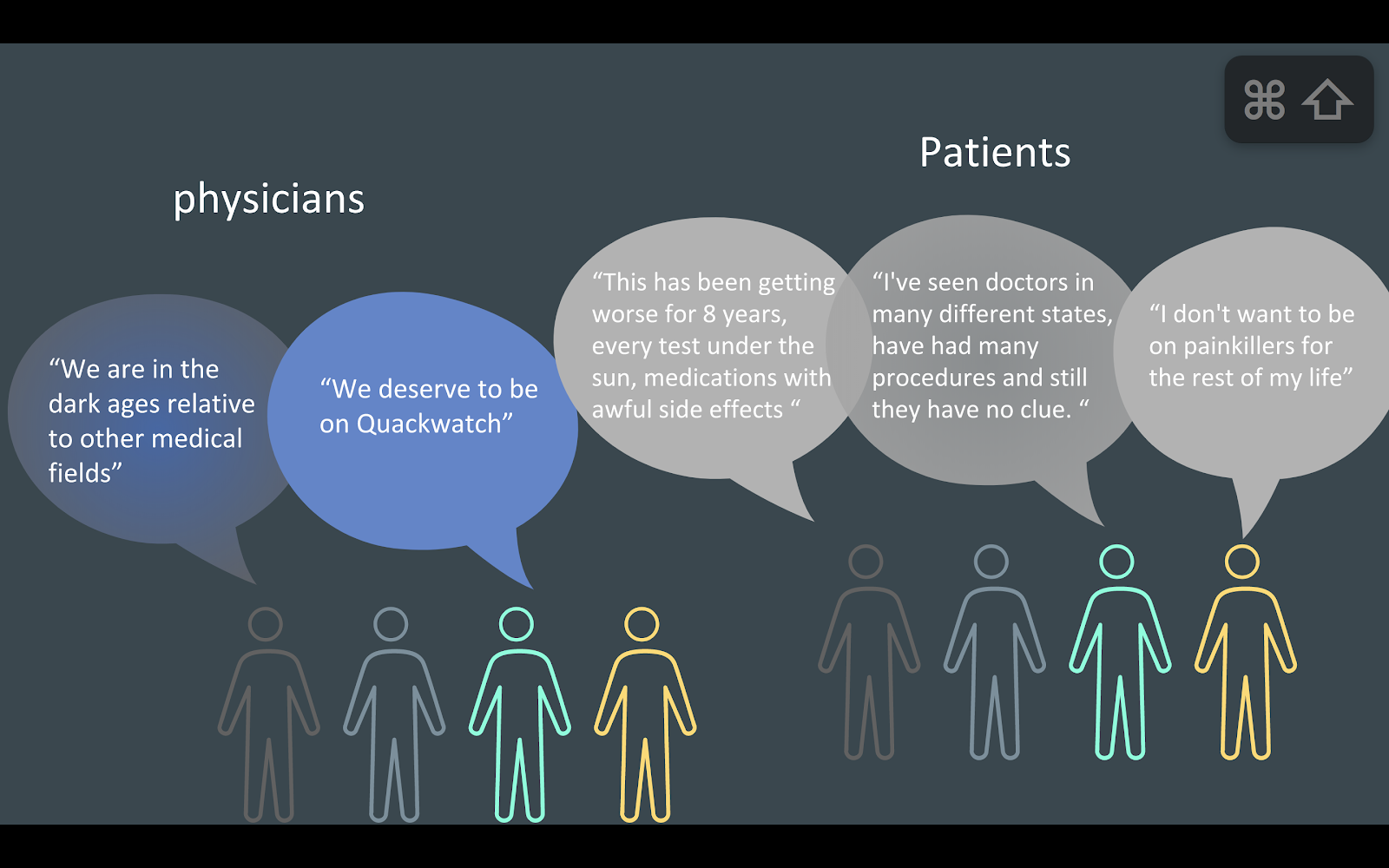
A close friend of mine, a serial entrepreneur, was just looking for his “next thing”. He was complaining to me that he sold his last company, and can’t find an idea worth pursuing. I gave him my short story. “Let me talk with a few doctors and expert, and get back to you why it’s a bad idea” — he said. Instead, he came back saying — “I can’t believe it! They are all saying the exact same thing, repeating the exact same problems, and they all want in!”.
There is a lot to be done in the space, and a critical question is where to start. We decided to start with targeting the data gap: Care providers lack access to real time reliable data on the pain, wellbeing, and activity level of their patients in between clinic visits.
Patients notoriously report inaccurately in simple questionnaires completed just prior to brief clinical interactions. The critical data points that pain management care is based on, namely Functionality, Activity, Sleep and Pain all reside in our short-term memory (lucky for us…). We are simply not designed to know ourselves in the way our pain physician needs. He founded a start-up to tackle this critical mission — lab39.com.
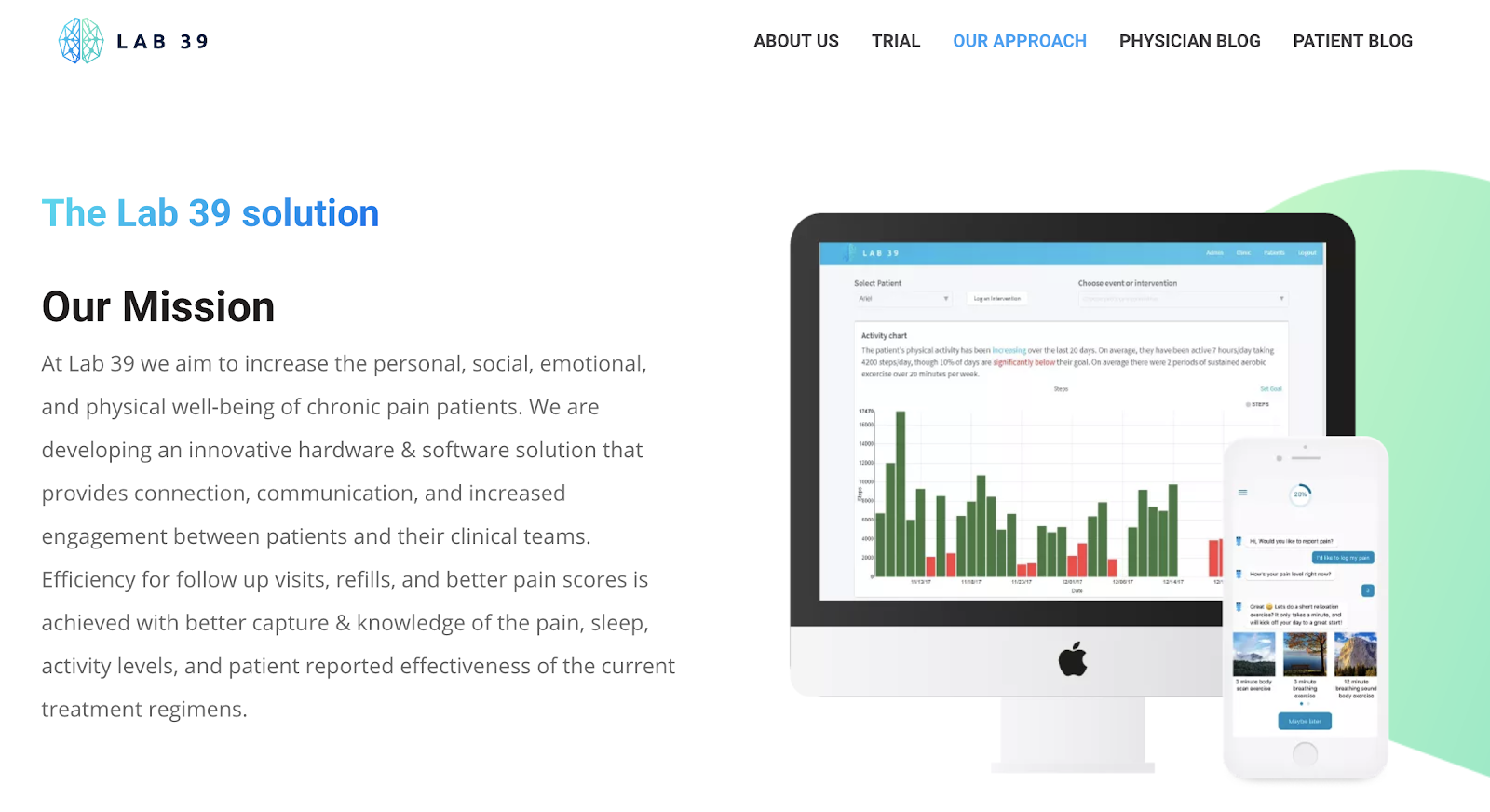
Part 5: The bright future
That’s it. That’s where pain and I currently stand. I was considering putting here a romantic picture of the two of us walking into the sunset. But we are not there yet. There is definitely hope and excitement though, and a promising future. Lab39 built its first product, and is working with pain clinics and researchers in the US. I myself am using their product, and I look forward to reporting on data soon. My dream is to say one day that through my pain, I managed to help with the pain of millions.

